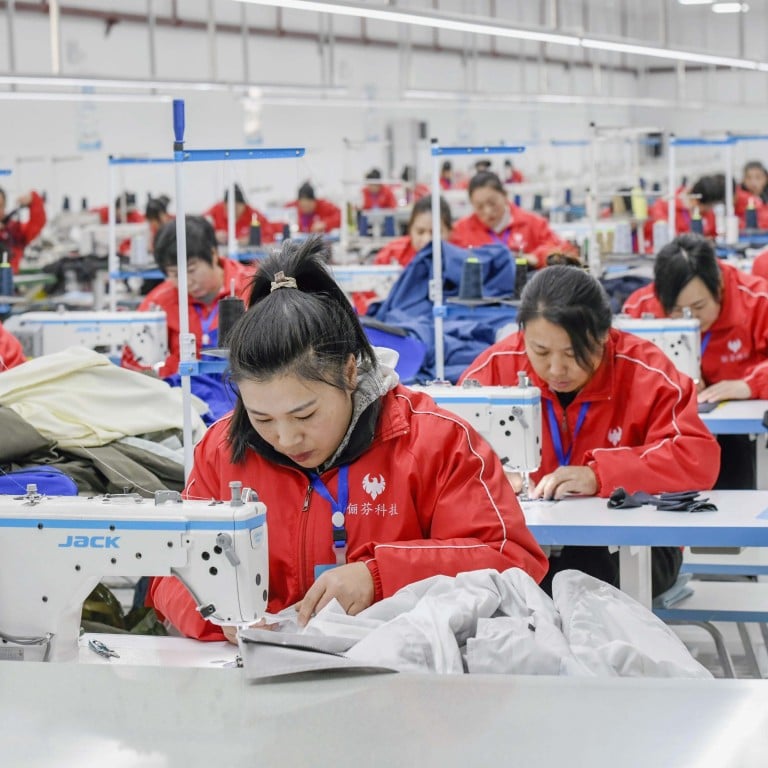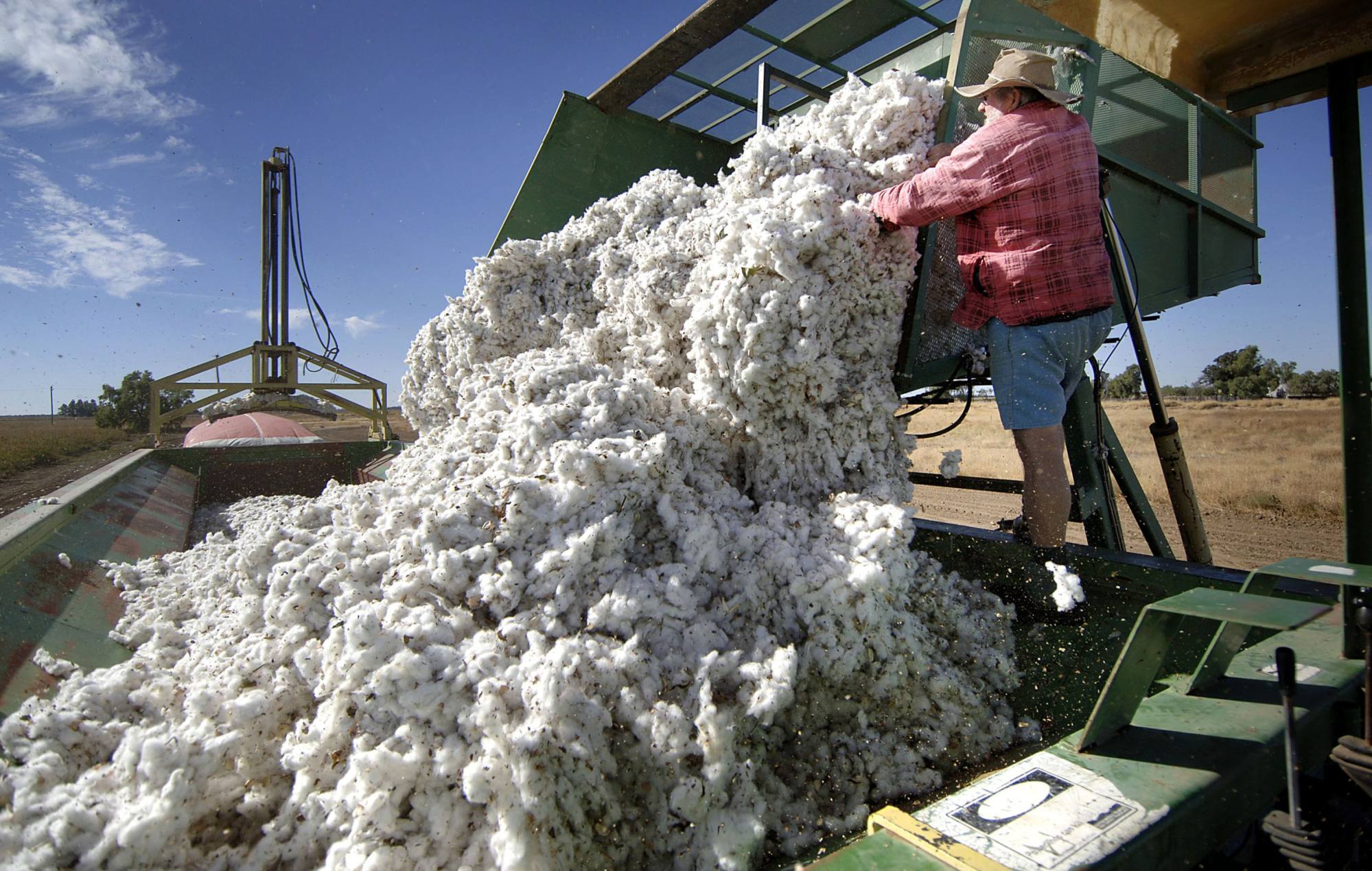
Asian garment makers push new boundaries amid ‘wake-up call’ towards sustainable fashion
- They are embracing sustainable fashion to phase out fast-changing fashion trends that are choking landfills and accelerating climate change
- Despite higher cost, manufacturers are turning to regenerative farming practices that aim to leave the land in a better condition than the previous cycle
European regulators are working towards introducing rules by 2030 that would aim for all textile products sold in the bloc to be made of recyclable, long lasting and materials free of hazardous substances. The US also appears set to follow suit over the long term.
Globally, just 12 per cent of clothing are recycled, and most end up as waste due to fast-changing fashion trends, but the trend promises to change.
France’s parliament votes to slow down fast fashion, with eye on China’s Shein
“There’s a whole movement of people that wants to get sustainably going in the apparel business,” Delman Lee, vice-chair of TAL, told This Week in Asia.
The company produces garments from these inputs – supplying premium US fashion brands such as Brooks Brothers and JC Penney.

“The fabric mills that do the weaving and the dyeing use a lot of water and heat, and heat is generated with coal,” he said.
Between 2009 and 2018, TAL reduced its greenhouse gas intensity per unit of production by 21 per cent. This translated to the avoidance of 23,450 tonnes of carbon dioxide equivalent emissions from operations, or about 54,292 barrels of oil.
The company has also zoomed into use of better cotton to lower its environmental impact.

The cultivation of cotton, which is one of the most widely used natural fibres in the world, can have a significant impact because of traditional farming methods that can lead to soil degradation, water scarcity, and the use of harmful chemicals.
“So we go directly to the farmer and say, if you grow your cotton in such a way, and get certified to be organic and regenerative, we will commit to you and hopefully is a way to trigger the whole system working in a little bit of a demand and supply,” he added.
Regenerative farming practices aim to leave the land in a better condition than the previous cycle, whereas organic practices focus on preventing damage to the soil as well as surrounding ecosystems like recharging groundwater.
Generally, farmers stand to get higher prices for such produce, but Lee said that the process of switching completely to organic crops can take up to two years.
Even smaller businesses are gearing up for the trend.
Higher price tags
“As I understood more about how polluting the fashion industry is, and polluting in so many different ways, it was really just a wake-up call. So I decided to start Rock Daisy,” said Liou, who worked overseas in corporate jobs for several years.
The cost of the fibre is about seven times higher than polyester, a petroleum derivative.
Liou says it has been a “strong start” since the launch, but sometimes it takes a conversation for people “to understand why the price tag”.

According to the European Commission, a truckload of textiles is landfilled or incinerated every second, primarily because of the “fast fashion” trend.
Christina Dean, founder of Redress, an NGO accelerating circularity in fashion, says it is imperative for Asian garment manufacturers to imbibe sustainability.
“Asia accounts for around 60 per cent of exports of garments and textiles. Therefore, getting it right with Asian garment manufacturers is very, very important,” she said.
There are several Asian manufacturers who are technologically advanced, but brands have to be willing to pay more for sustainable production because they cost more, she added. “The real challenge is that brands are generally not dipping into their pockets.”


